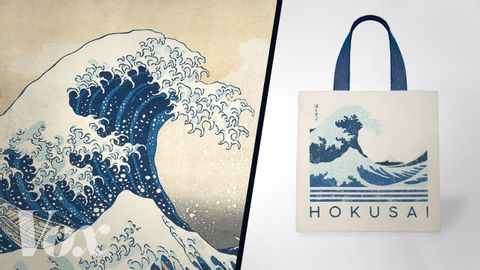博物館のギフトショップが売るものをどうやって決めるのか (How museum gift shops decide what to sell)
林宜悉 が 2021 年 03 月 03 日 に投稿  この条件に一致する単語はありません
この条件に一致する単語はありませんUS /fɪˈnɑməˌnɑn, -nən/
・
UK /fə'nɒmɪnən/
US /ˈrevənju/
・
UK /'revənju:/
US /ˌsaɪkəˈlɑdʒɪkəl/
・
UK /ˌsaɪkəˈlɒdʒɪkl/
US /ˌri:ɪnˈfɔ:rs/
・
UK /ˌri:ɪnˈfɔ:s/
エネルギーを使用
すべての単語を解除
発音・解説・フィルター機能を解除
